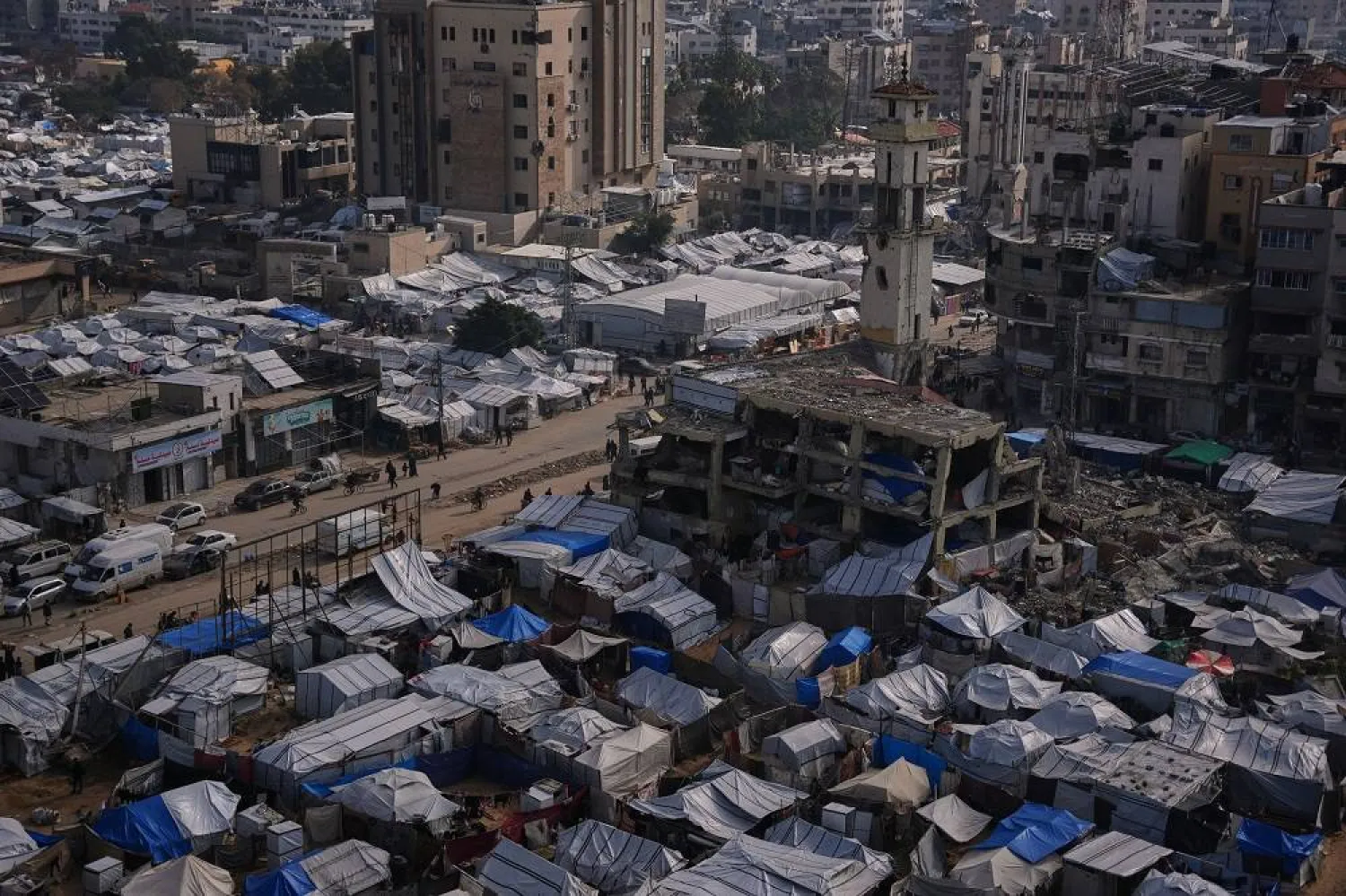The number of Yemenis who will continue to be in dire need of urgent food assistance is expected to rise to 19 million people by next year, the Famine Early Warning System Network (FEWS NET) said in a report this week.
Meanwhile, a group of more than 10 countries issued a statement warning from the effects of climate change on the humanitarian situation in Yemen, which is suffering as a result of the war launched by Houthis against the legitimate power since 2014.
On Wednesday, the Joint Pledges on Climate, Peace and Security, which includes France, the United States and the United Kingdom affirmed the need to work with the international community to address the impacts of climate change and biodiversity loss, and enhance sustainable management of natural resources in Yemen as part of broader humanitarian assistance and peacebuilding efforts.
Additionally, those countries demanded the need to enhance coordination of global efforts to build local resilience to climate hazards and strengthen disaster risk management and response.
“We call on the wider UN system to support efforts towards more sustainable food systems, efficient water and energy use, as well as increased renewable energy usage,” they said in a statement.
The 11 countries also said the protracted conflict in Yemen has led to significant damage to infrastructure and economic collapse, with 18.2 million Yemenis suffering from food insecurity and are in need of humanitarian assistance to survive and 75% of these are women and children.
They also said that this dire humanitarian situation in Yemen is being exacerbated by climate change-related hazards, such as increased temperatures, drought, and desertification, as well as erratic rainfall patterns and flash flooding.
The countries warned that Yemen is already one of the most water-stressed countries in the world.
Moreover, they said, worsening heavy rains and flooding have heightened the risks posed by landmines and other unexploded ordnance, and have increased the risk of cholera transmission through the contamination of water supplies.
The countries added that depletion of groundwater reserves and the increased frequency and severity of extreme weather events, have led to the degradation of agricultural land and worsened food insecurity, which is a driver of displacement and local conflict, as competition over scarce resources increases.
They also recognised the multifaceted linkages between climate change, conflict, displacement and increased poverty and vulnerability that all contribute to the worsening security and humanitarian situation in Yemen.
“We will work to address the interconnected challenges of conflict and climate change to ensure that immediate and uninhibited humanitarian assistance can continue to be provided alongside achieving a stable and sustainable future for Yemen,” the group of 11 countries said.
They also renewed their support for an inclusive political settlement under the auspices of the Special Envoy of the Secretary General for Yemen as the only way to bring sustainable peace and long-term stability to Yemen, and to address these challenges.
Meanwhile, the Famine Early Warning System Network (FEWS NET) expected an increase in the number of people in need of humanitarian aid in Yemen to about 19 million people by March 2024, particularly in Houthi-controlled areas.
In its Yemen Food Security Outlook till May 2025, the network said households continue to contend with long-term impacts of the protracted conflict, including very poor macroeconomic conditions.
It said the business environment continues to erode due to currency shortages in Houthi-controlled areas while areas under the rule of the internationally-recognized government witness currency depreciation and inflation.
Also, the Network showed that Crisis (IPC Phase 3) or worse outcomes are expected to persist nationwide, with assistance needs peaking in the range of 18.0-18.99 million during the February-March semi-lean season period in the highlands, prior to the start of the next agricultural season in highland areas.
It then said that millions of households, particularly in Houthi-controlled areas, are expected to face persisting food consumption gaps due to very poor economic conditions characterized by currency depreciation, high food prices, and lack of income-earning opportunities.
Meanwhile, the United Nation affirmed that its multi-sectoral Rapid Response Mechanism (RRM) led by UNFPA in collaboration with WFP, UNICEF and other humanitarian partners play a pivotal role in addressing the urgent needs arising from conflict and climate-induced disasters in Yemen.
Since January 2024, it said some 489,545 individuals have been displaced due to armed conflict and severe weather conditions. Among them, 93.8% (459,347 individuals) were severely impacted or displaced by climate-related crises while 6.2% (30,198 individuals) were displaced due to conflict.









